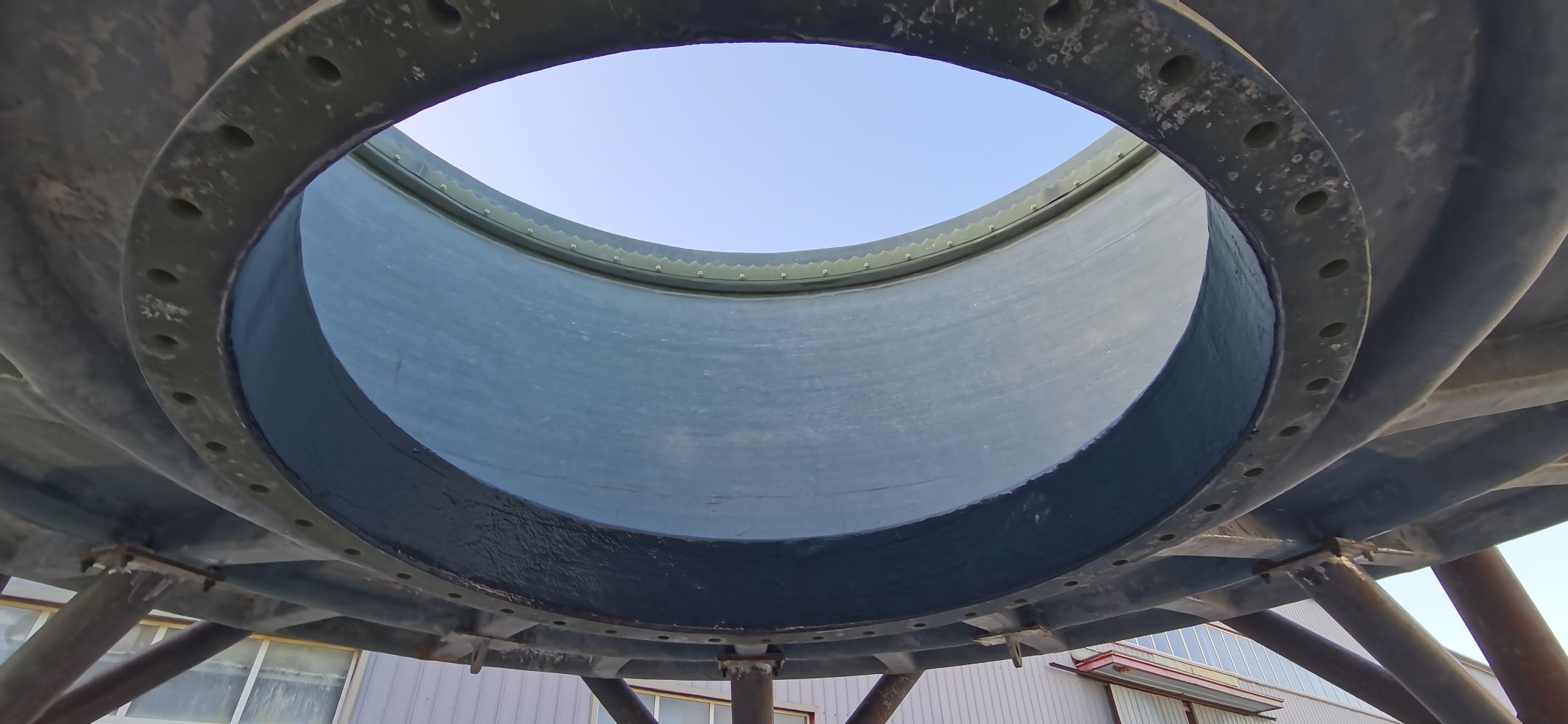
-
 Afrikaans
Afrikaans -
 Albanian
Albanian -
 Amharic
Amharic -
 Arabic
Arabic -
 Armenian
Armenian -
 Azerbaijani
Azerbaijani -
 Basque
Basque -
 Belarusian
Belarusian -
 Bengali
Bengali -
 Bosnian
Bosnian -
 Bulgarian
Bulgarian -
 Catalan
Catalan -
 Cebuano
Cebuano -
 China
China -
 China (Taiwan)
China (Taiwan) -
 Corsican
Corsican -
 Croatian
Croatian -
 Czech
Czech -
 Danish
Danish -
 Dutch
Dutch -
 English
English -
 Esperanto
Esperanto -
 Estonian
Estonian -
 Finnish
Finnish -
 French
French -
 Frisian
Frisian -
 Galician
Galician -
 Georgian
Georgian -
 German
German -
 Greek
Greek -
 Gujarati
Gujarati -
 Haitian Creole
Haitian Creole -
 hausa
hausa -
 hawaiian
hawaiian -
 Hebrew
Hebrew -
 Hindi
Hindi -
 Miao
Miao -
 Hungarian
Hungarian -
 Icelandic
Icelandic -
 igbo
igbo -
 Indonesian
Indonesian -
 irish
irish -
 Italian
Italian -
 Japanese
Japanese -
 Javanese
Javanese -
 Kannada
Kannada -
 kazakh
kazakh -
 Khmer
Khmer -
 Rwandese
Rwandese -
 Korean
Korean -
 Kurdish
Kurdish -
 Kyrgyz
Kyrgyz -
 Lao
Lao -
 Latin
Latin -
 Latvian
Latvian -
 Lithuanian
Lithuanian -
 Luxembourgish
Luxembourgish -
 Macedonian
Macedonian -
 Malgashi
Malgashi -
 Malay
Malay -
 Malayalam
Malayalam -
 Maltese
Maltese -
 Maori
Maori -
 Marathi
Marathi -
 Mongolian
Mongolian -
 Myanmar
Myanmar -
 Nepali
Nepali -
 Norwegian
Norwegian -
 Norwegian
Norwegian -
 Occitan
Occitan -
 Pashto
Pashto -
 Persian
Persian -
 Polish
Polish -
 Portuguese
Portuguese -
 Punjabi
Punjabi -
 Romanian
Romanian -
 Russian
Russian -
 Samoan
Samoan -
 Scottish Gaelic
Scottish Gaelic -
 Serbian
Serbian -
 Sesotho
Sesotho -
 Shona
Shona -
 Sindhi
Sindhi -
 Sinhala
Sinhala -
 Slovak
Slovak -
 Slovenian
Slovenian -
 Somali
Somali -
 Spanish
Spanish -
 Sundanese
Sundanese -
 Swahili
Swahili -
 Swedish
Swedish -
 Tagalog
Tagalog -
 Tajik
Tajik -
 Tamil
Tamil -
 Tatar
Tatar -
 Telugu
Telugu -
 Thai
Thai -
 Turkish
Turkish -
 Turkmen
Turkmen -
 Ukrainian
Ukrainian -
 Urdu
Urdu -
 Uighur
Uighur -
 Uzbek
Uzbek -
 Vietnamese
Vietnamese -
 Welsh
Welsh -
 Bantu
Bantu -
 Yiddish
Yiddish -
 Yoruba
Yoruba -
 Zulu
Zulu
Exploring the Dynamics of FRP Transition and Its Impact on Performance
Understanding FRP Transition A Comprehensive Overview
Fiber Reinforced Polymer (FRP) composites have gained immense popularity in various engineering applications over the past few decades due to their remarkable properties, such as high strength-to-weight ratio, corrosion resistance, and excellent fatigue performance. However, the transition towards incorporating these advanced materials into mainstream engineering and construction involves several technical, economic, and social challenges. This article explores the nuances of FRP transition, its implications, and the steps needed to effectively integrate FRP materials into existing frameworks.
The Rise of FRP Materials
FRP composites are made by combining fiber materials like glass, carbon, or aramid with a polymer matrix. This combination results in materials that are not only lightweight but offer superior performance characteristics compared to traditional materials like steel and concrete. The construction and aerospace industries, among others, have begun to harness the unique properties of FRP materials, leading to novel applications, including reinforcement of structures, manufacturing of lightweight components, and even as primary structural elements.
Challenges in FRP Transition
Despite the clear benefits of FRP materials, transitioning to their widespread use can be complex. One prominent challenge is the lack of established codes and standards governing FRP applications, which can lead to ambiguity in design, fabrication, and installation processes. Engineers and architects often find themselves navigating uncharted territory, as traditional building codes may not account for the distinct behaviors and properties of FRP composites.
Additionally, the initial cost of FRP materials can be significantly higher than that of conventional materials. Although the lifecycle savings associated with maintenance, durability, and performance of FRP structures often justify these upfront costs, financial decision-makers may hesitate to invest without clear empirical evidence demonstrating long-term benefits.
Educational and Knowledge Gaps
Another critical barrier to the transition to FRP materials is the educational gap among professionals in the field. Many engineers and architects lack comprehensive training in the specific properties and behaviors of FRP composites. As a result, there is often a reluctance to utilize these materials, stemming from unfamiliarity and uncertainty about their performance in various environmental conditions or loading scenarios.
Efforts to improve education and knowledge-sharing regarding FRP materials are essential. Workshops, continuing education courses, and updated engineering curricula should be prioritized to foster a well-informed workforce adept at utilizing FRP technology effectively.
frp transition

Strategies for Effective FRP Transition
To facilitate the smooth transition to incorporating FRP materials, several strategies can be employed
1. Development of Standards and Codes Regulatory bodies need to establish clear guidelines and performance standards specifically for FRP materials. This would not only build confidence among engineers and architects but also streamline the design and approval processes.
2. Research and Development Investment in research focused on the long-term performance and behavior of FRP materials in various environments is crucial. This will yield valuable data that can support the development of more comprehensive design guidelines.
3. Cost-Benefit Analysis Conducting thorough cost-benefit analyses that take into account the lifecycle expenses of FRP materials can help decision-makers recognize the long-term value of investing in these composites.
4. Education and Training Institutions should focus on integrating FRP technology into engineering programs. Practical workshops and case studies can enhance the understanding of students and professionals alike, preparing them to use these materials confidently.
5. Industry Collaboration Encouraging partnerships between academia, industry, and regulatory bodies can foster innovation and facilitate knowledge transfer, effectively bridging the gap between research and practical applications.
Conclusion
The transition to FRP materials represents a significant opportunity for advancements in engineering and construction. While challenges exist, addressing these through education, research, and collaboration can pave the way for the broader adoption of FRP technologies. By leveraging their unique properties, we can enhance the durability, efficiency, and sustainability of future infrastructural developments, ultimately leading to a more resilient built environment. As we move forward, it is crucial to embrace these materials and the change they bring to our industries.









